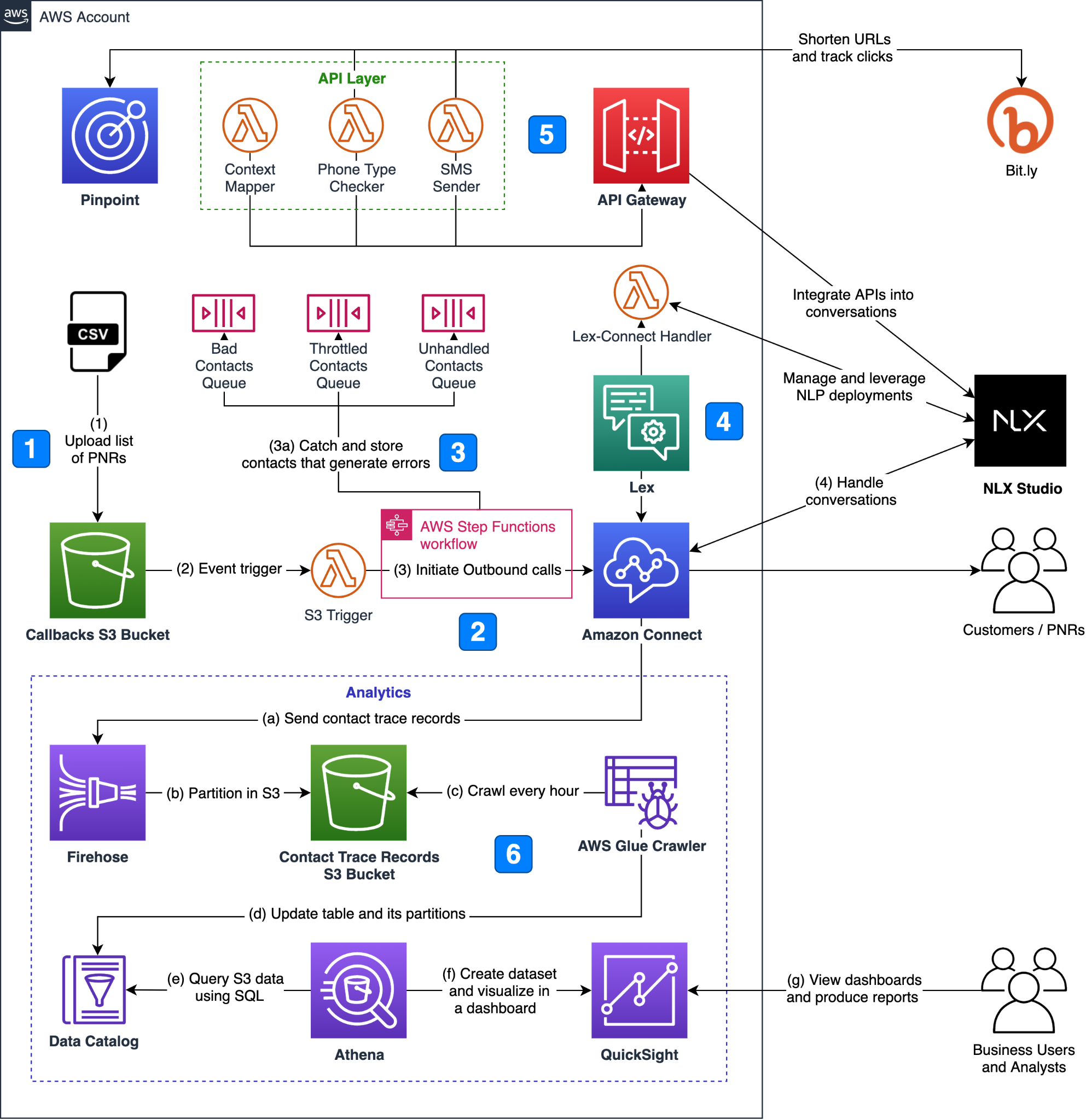Travel impacts brought by the global pandemic left several airlines experiencing frequent flight disruptions, which increased flight scheduling change notifications being made to affected travelers.
Every month, tens of thousands of passengers and related flight crew have to be contacted to ensure that airlines maintain streamlined travel operations. International airlines must call and notify customers in multiple languages, across multiple locations, and in different time zones. Each notification creates a surge of return calls that requires live agent handling as customers update their travel plans.
In response, NLX, an AWS Advanced Technology Partner and AWS Travel and Hospitality Competency Partner, stood up a dynamic conversational AI solution within two weeks. With this solution, airline operators can automatically contact impacted customers and crew members, regardless of language, location, and time zone.

